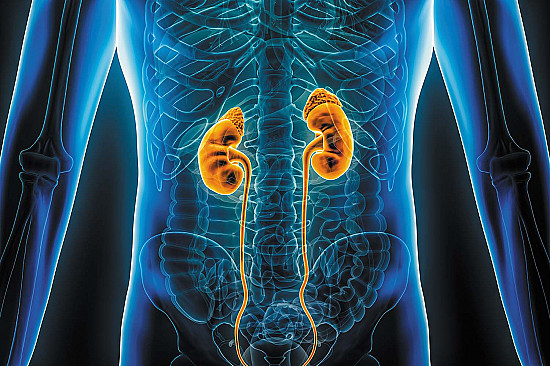We often associate urinary disorders with loud, undeniable symptoms: burning pain, severe urgency, or incontinence. Yet, many people suffer silently from chronic urinary issues whose signs are so subtle, they are easily dismissed, normalized, or attributed to other causes. These “hidden” disorders can erode quality of life inch by inch, often progressing quietly until they become a major health concern. Recognizing these whispering warning signs is the first, crucial step toward effective treatment.
One of the most insidious silent conditions is Interstitial Cystitis (IC), also known as Bladder Pain Syndrome (BPS). While the name suggests pain, for many, the primary symptoms are not sharp aches but rather a vague pelvic pressure or a persistent, low-grade discomfort. Patients might feel an unrelenting heaviness or fullness that never truly resolves, often mistaken for chronic stress, a recurring yeast infection, or simply “a bad day.” The key differentiator is the relentless persistence of these sensations, particularly when the bladder fills.
Similarly, Pelvic Floor Dysfunction frequently masks itself as something else. This isn’t just about severe urinary leakage. Silent signs include difficulty initiating a urine stream, a feeling of incomplete emptying even after using the restroom, or a sudden need to lean forward or strain to finish urination. Because the pelvic floor supports the entire urinary system, its subtle weakening can lead to urinary retention or frequency without any dramatic painful flares, often accompanied by non-urinary symptoms like chronic lower back or hip pain.
Another common, yet often ignored, indicator is Nocturia, or waking up more than once during the night to urinate. While everyone occasionally wakes up, consistently needing to urinate multiple times, especially in younger or middle-aged individuals, is not normal. It can signal underlying issues like an overactive bladder, bladder outlet obstruction, or even systemic issues like diabetes. Many people simply resign themselves to this pattern, believing it’s a normal part of aging, thereby missing an opportunity for early intervention.
Even the quality of the stream matters. A gradually weakening or thinning urine stream that takes longer to empty the bladder can be a silent sign of an obstruction, particularly in men (e.g., an enlarged prostate), or bladder muscle deterioration in women. Because this change happens over months or years, the individual adapts without realizing their function has significantly declined.
The danger of these silent symptoms lies in their non-specific nature. They often lead to a cycle of fatigue, poor sleep, and anxiety, which can further compound the physical discomfort.
The most important takeaway is this: Do not normalize persistent changes, no matter how subtle. If you have a sensation of pressure, a new sleep interruption, or an inexplicable need to strain, keep a detailed symptom diary. Bring these observations to your urologist and advocate for a thorough examination. Bringing these hidden signs into the light is the first step toward diagnosis, treatment, and reclaiming your comfort and quality of life.

